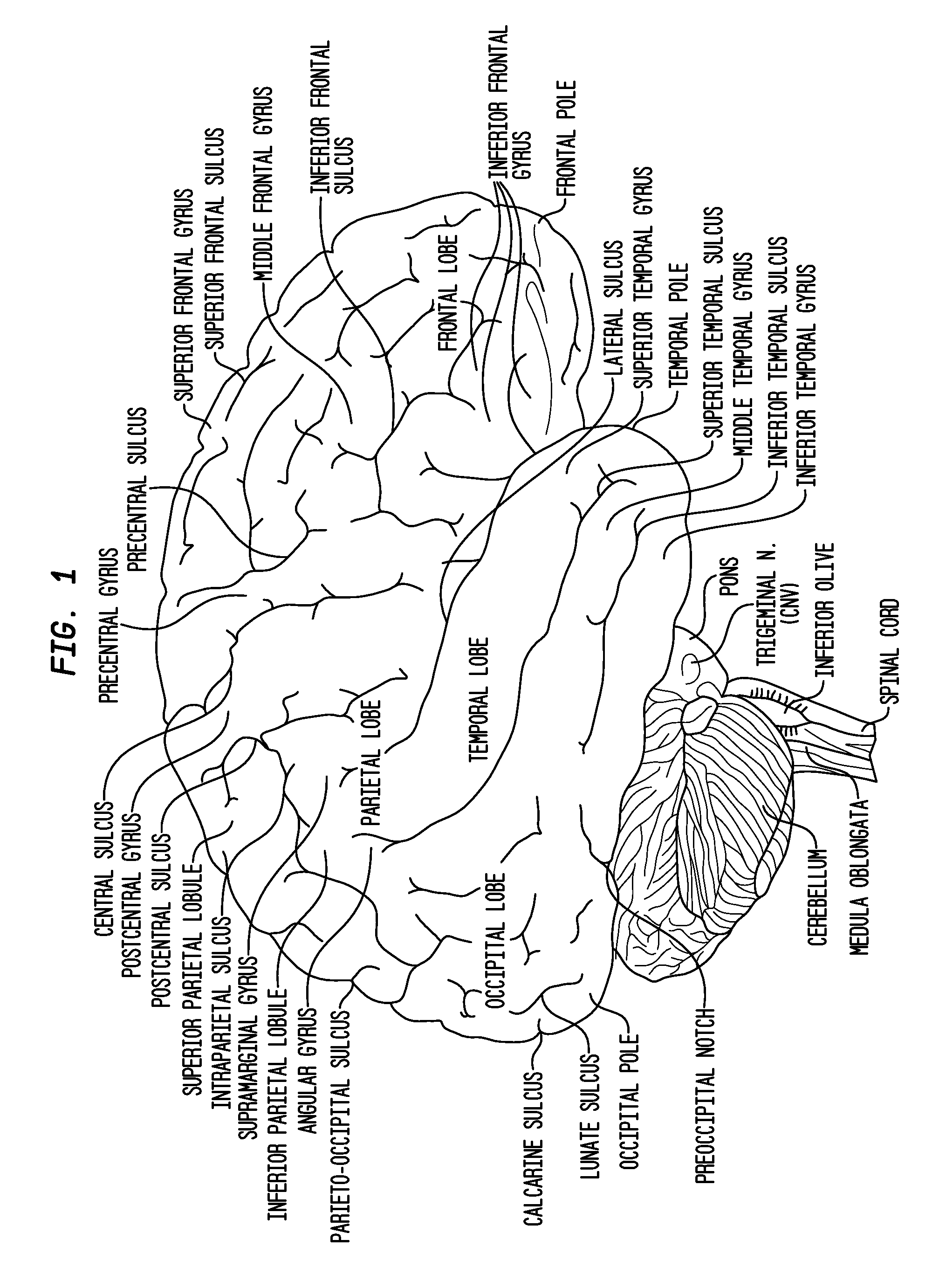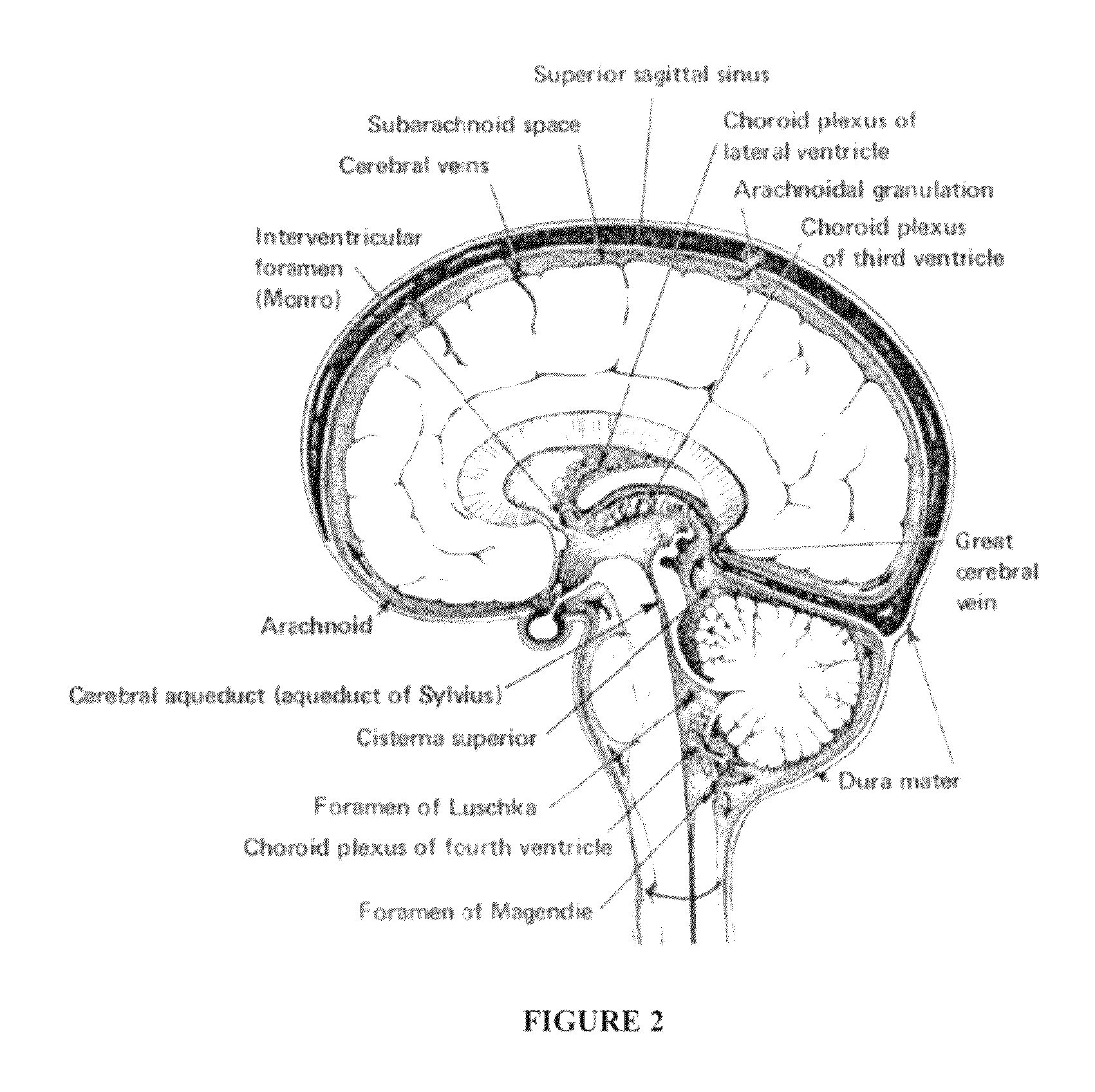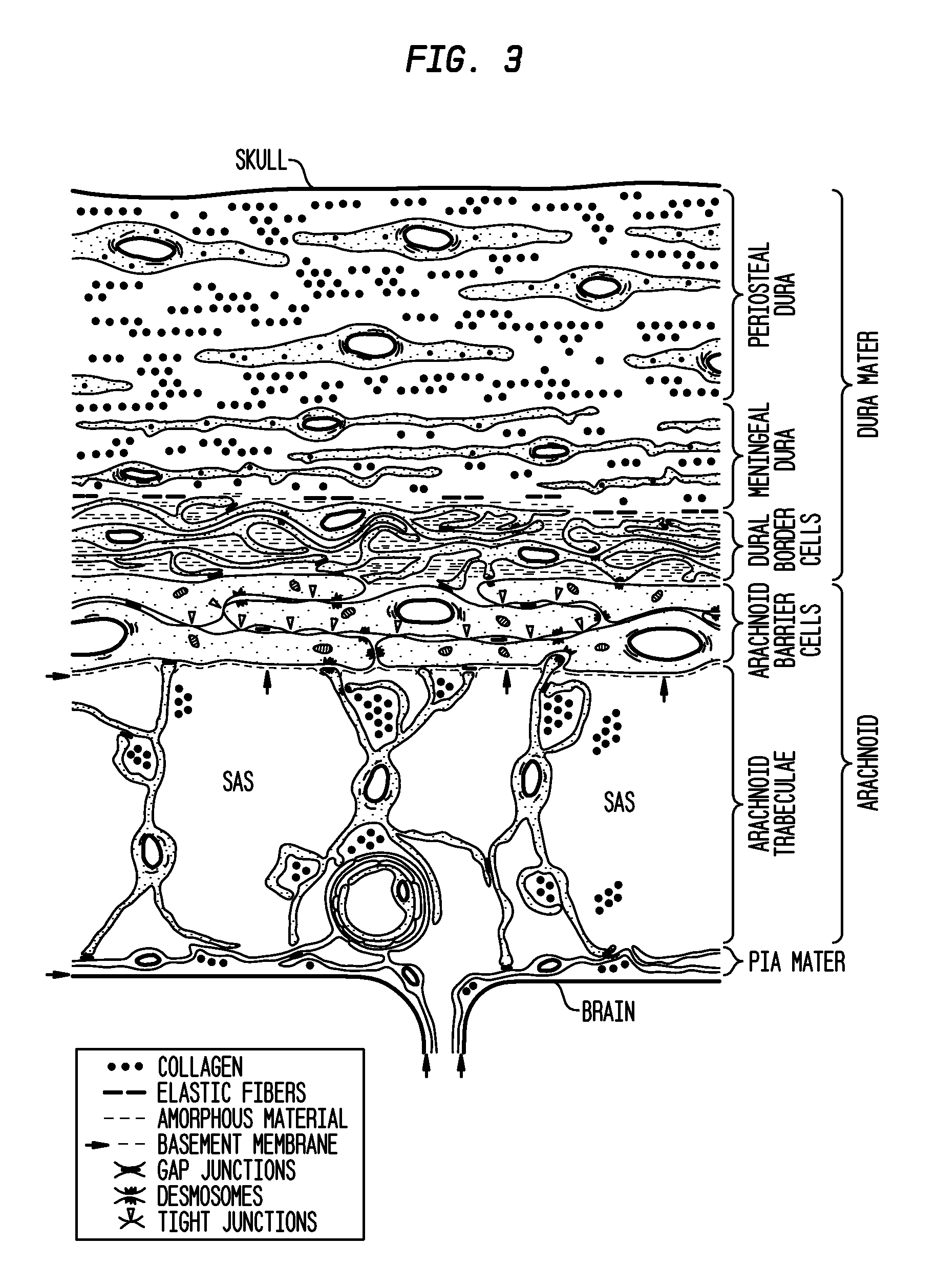Aneurysms occasionally can rupture into the brain, causing an intracerebral
hematoma, and into the cerebral ventricles, causing intraventricular hemorrhage.
SAH is a
medical emergency and may lead to death or severe disability even if recognized and treated at an early stage.
The group of people at risk for SAH is younger than the
population usually affected by
stroke, but the risk still increases with age.
Patients who survive SAH also are at risk of secondary complications.
The body releases large amounts of adrenaline and similar hormones as a result of the bleeding, which leads to a sharp increase in the
blood pressure.
Rebleeding is hard to predict but may happen at any time and carries a dismal prognosis.
When the
aneurysm has been located, metallic coils are deployed that lead to formation of a blood clot in the
aneurysm and obliteration.
Aneurysms of the
middle cerebral artery and its related vessels are hard to reach and of less optimal configuration for endovascular coiling and tend to be amenable to clipping, while those of the basilar
artery and posterior cerebral artery are hard to reach surgically and tend to be more accessible for endovascular management.
Delay in diagnosis of minor SAH without
coma (or mistaking the sudden headache for
migraine) contributes to poor outcome.
During the
hospital stay, occurrence of delayed
ischemia resulting from
vasospasm, development of intracerebral
hematoma or intraventricular hemorrhage (bleeding into the ventricles of the brain), and presence of fever on the eighth day of admission also worsen the prognosis.
SAH that does not show an aneurysm by complete
catheter angiography may be referred to as “angiogram-negative SAH.” This carries a better prognosis than SAH from an aneurysm; however, it still is associated with a risk of
ischemia, rebleeding and
hydrocephalus.
Aneurysmal SAH may lead to damage of the
hypothalamus and the
pituitary gland, two areas of the brain that play a central role in hormonal regulation and production.
It adversely affects outcome in patients with SAH as it accounts for up to 23% of SAH-related disability and death.
Rebleeding is exceptionally adverse due to the increase in volume of SAH as well as the increased likelihood of extension into the brain and ventricles.
Conversely, the incidence of
vasospasm and DCI is increased by the utilization of antifibrinolytic drugs which prolong the
exposure of arteries to clot and possibly cause ischemia by other mechanisms.
When operations were preferentially performed during the peak period for vasospasm, outcomes were generally worse.
In addition,
hypovolemia and an impaired cerebral autoregulatory function may concurrently interfere with cerebral
perfusion.
The cumulative effects of these processes can lead to reduction in
cerebral blood flow so severe as to cause cerebral ischemia leading to
infarction.
Additionally, a period of severe
constriction could lead to morphologic changes in the walls of the
cerebral arteries, which may cause them to remain narrowed without the continued presence of
vasoactive substances.
Hydrocephalus (a condition marked by an excessive accumulation of CSF resulting in dilation of the cerebral ventricles and raised
intracranial pressure) may complicate SAH in both the short- and long-term, and may be detected on CT scanning.
Nimodipine, an oral
calcium channel
antagonist, has been shown in clinical trials to reduce the chance of a poor outcome, however it may not significantly reduce the amount of angiographic vasospasm detected on angiography.
Induced hypertension is believed to be the most important component of this treatment although evidence for the use of this approach is inconclusive, and no sufficiently large randomized controlled trials ever have been undertaken to demonstrate its benefits.
Most
calcium channel antagonists are not the preferred choice of treatment in individuals with
cardiomyopathy due to their negative inotropic effects.
In the heart, a decrease in calcium available for each beat results in a decrease in cardiac
contractility.
The binding of endothelin to ETA increases
vasoconstriction and the retention of
sodium, leading to increased blood pressure.
An activity inhibitor may interfere with the ability of the TRP channel to bind an
agonist such as UTP.
Alternatively, an activity inhibitor may interfere with a component upstream or downstream of the TRP channel but which interferes with the activity of the TRP channel.
However, the aforementioned treatments are expensive,
time consuming and only partially effective.
For over 35 years, physicians have been trying to prevent or reduce the incidence of adverse consequences of SAH, including angiographic vasospasm and DCI, and have had limited effect due to side effects of current agents or lack of
efficacy.
There currently are no FDA approved agents for the prevention of vasospasm or the reduction of delayed ischemic neurologic deficits also known as delayed cerebral ischemia (DCI).
Current methods to prevent vasospasm have failed due to lack of
efficacy or to safety issues, primarily hypotension and
cerebral edema.
Voltage-gated
calcium channel antagonists may be effective in preventing and reversing vasospasm to a certain extent, however, prior art treatments administer doses too low to exert a maximal pharmacologic effect.
Endothelin-
receptor antagonists also may be effective at preventing and reversing angiographic vasospasm to a certain extent, but this reversal or prevention of angiographic vasospasm does not translate into as marked an improvement in outcome as would be anticipated by the reduction in angiographic vasospasm.
Without being limited by theory, it is postulated that the systemic delivery of the
voltage-gated calcium channel antagonists may cause side effects that mitigate the beneficial effects on angiographic vasospasm, such as, for example, systemic hypotension and pulmonary
vasodilation with
pulmonary edema, which prevent the administration of higher systemic doses.
Dilation of blood vessels in the lungs also may cause
lung edema and
lung injury.
Second, and without being limited by theory, it is postulated that systemic delivery of the
voltage-gated calcium channel antagonists may limit other effects of SAH that contribute to DCI, including cortical spreading ischemia and microthromboemboli.
 Login to View More
Login to View More 


